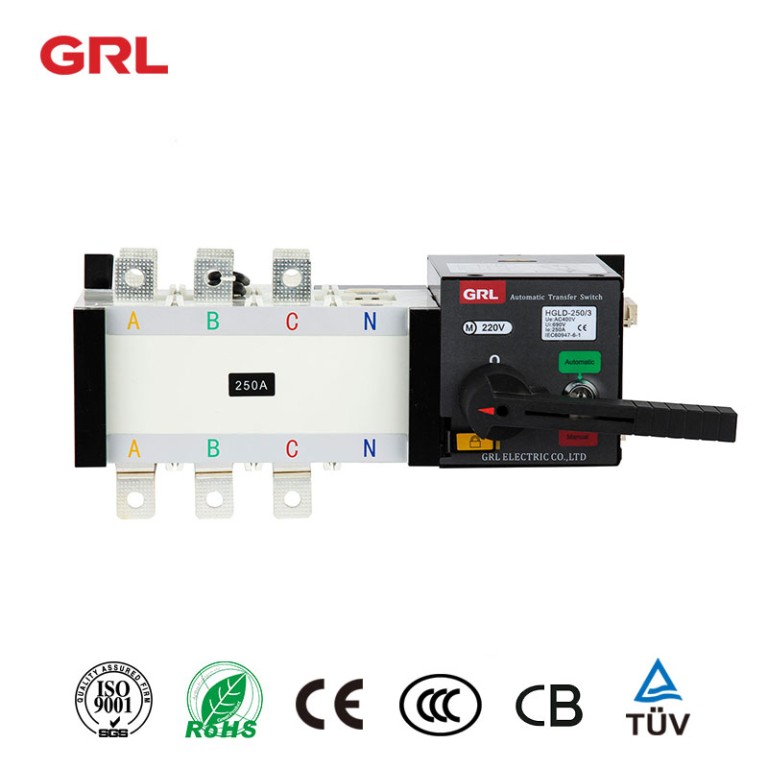
。
# Automated Trading System Optimization Strategies
Keyword: ATS
## Introduction to ATS Optimization
Automated Trading Systems (ATS) have revolutionized financial markets by executing trades with speed and precision beyond human capabilities. However, the effectiveness of an ATS largely depends on its optimization strategies. Proper optimization ensures the system adapts to changing market conditions while maintaining profitability and minimizing risks.
## Key Components of ATS Optimization
### 1. Parameter Optimization
Every ATS operates based on specific parameters that define its trading rules. These parameters might include:
– Moving average periods
– Stop-loss and take-profit levels
– Position sizing rules
– Entry and exit thresholds
Optimizing these parameters involves backtesting different combinations to find the most effective settings for current market conditions.
### 2. Walk-Forward Analysis
Walk-forward analysis is a robust optimization technique that divides historical data into in-sample and out-of-sample periods:
– Use in-sample data to develop the trading strategy
– Test the strategy on out-of-sample data to validate its effectiveness
– Continuously roll this process forward to ensure ongoing performance
### 3. Risk Management Optimization
Effective risk management is crucial for ATS longevity. Optimization should focus on:
– Position sizing algorithms
– Maximum drawdown limits
– Volatility-based adjustments
– Correlation analysis between positions
## Advanced Optimization Techniques
### Machine Learning Integration
Modern ATS increasingly incorporate machine learning algorithms to:
– Detect complex market patterns
– Adapt to changing conditions automatically
– Optimize parameters in real-time
– Reduce overfitting through regularization techniques
### Genetic Algorithm Optimization
Genetic algorithms provide an evolutionary approach to ATS optimization by:
– Creating populations of parameter sets
– Evaluating their performance
– Combining the best performers to create new generations
– Allowing natural selection to determine optimal parameters
## Common Optimization Pitfalls to Avoid
While optimizing your ATS, beware of these common mistakes:
– Overfitting to historical data
– Ignoring transaction costs and slippage
– Failing to account for changing market regimes
– Optimizing too frequently (curve-fitting)
– Neglecting out-of-sample testing
## Continuous Monitoring and Re-optimization
An effective ATS requires ongoing attention:
– Establish performance benchmarks
– Monitor key metrics regularly
– Schedule periodic re-optimization
– Implement safeguards against sudden strategy failure
– Maintain version control for strategy changes
## Conclusion
Optimizing an Automated Trading System is both an art and a science. By implementing robust optimization strategies while avoiding common pitfalls, traders can develop ATS that perform consistently across various market conditions. Remember that optimization is not a one-time event but an ongoing process that requires discipline, patience, and continuous learning.